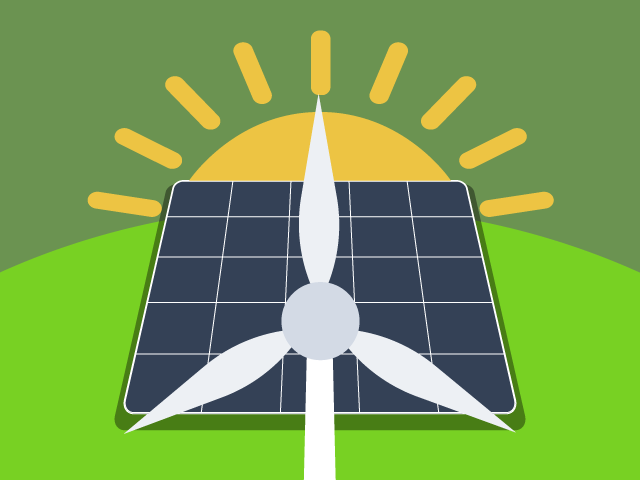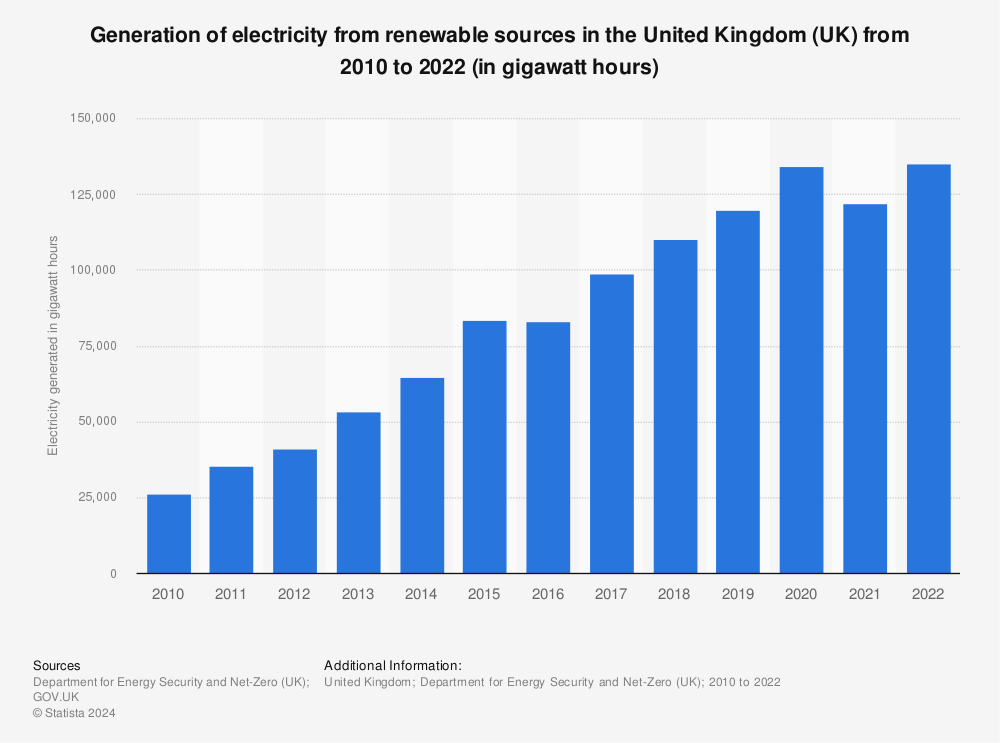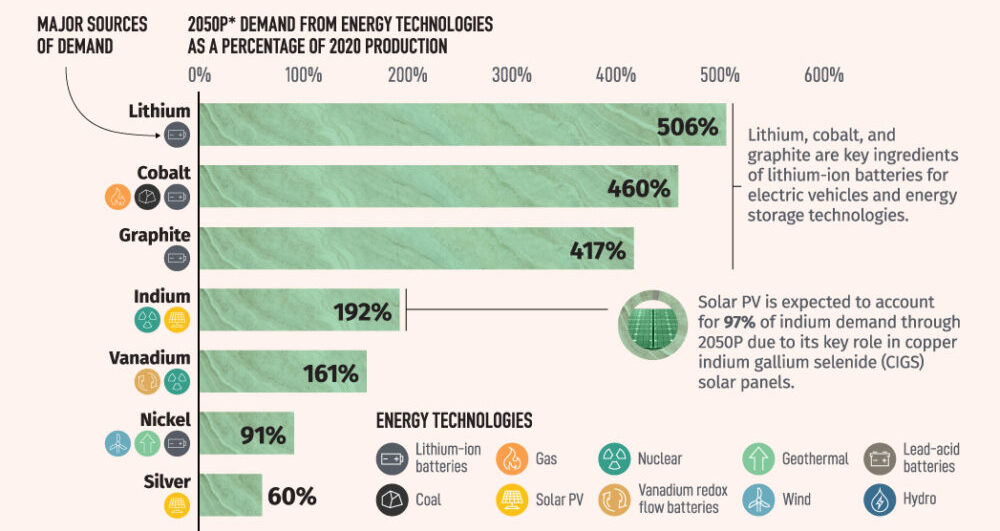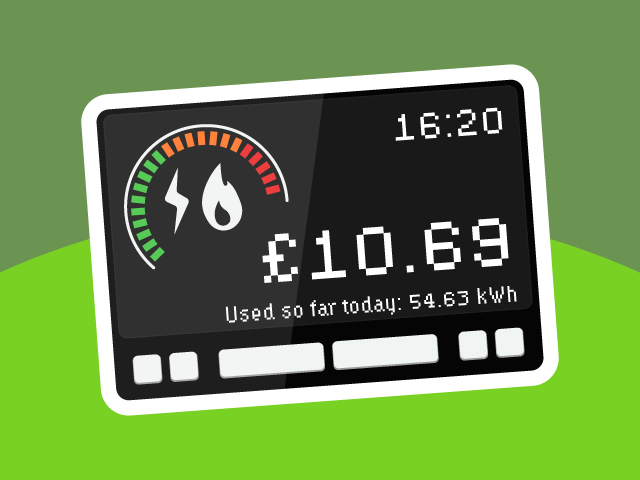TOP Renewable Energy Suppliers in the UK
Reading Time: 7 minutes

The UK has been at the forefront of the renewable energy revolution, leveraging its abundant natural resources and innovative technologies to transition towards a greener future. The UK's renewable energy suppliers exemplify this commitment by providing sustainable, eco-friendly solutions. Their efforts contribute significantly to reducing carbon emissions and drive economic growth and job creation in the green energy sector. From pioneering large-scale offshore wind farms to implementing cutting-edge solar technologies, these top-tier suppliers are key players in the UK's journey towards energy independence and environmental sustainability.
Here are the top renewable energy suppliers in the UK for 2024
- Octopus Energy: Known for its innovative approach, it provides 100% renewable electricity from sources like wind, solar, and anaerobic digestion. It also offers tariffs specifically designed for electric vehicle drivers and has a strong reputation for customer service.
Look up Octopus Energy Deals
- OVO Energy: OVO offers a green upgrade option with 100% renewable electricity. The company also invests in renewable projects and focuses on sustainability and customer engagement.
Look up OVO Energy Deals
- ScottishPower: A major player in the UK energy market, ScottishPower is heavily invested in wind power, both onshore and offshore, contributing significantly to the UK's renewable energy capacity.
Look up ScottishPower Deals
- SSE: SSE is involved in many renewable energy projects, including onshore and offshore wind, hydroelectric power, and energy storage solutions. The company focuses on creating a sustainable energy future.
Look up SSE Energy Deals
- EDF Energy: EDF operates a diverse portfolio of power generation assets, including nuclear and renewable energy sources. The company has significantly invested in renewable projects and aims to provide low-carbon energy solutions.
Look up EDF Energy Deals
Honourable Mentions: Eco-Conscious Energy Brands
A special shoutout goes to these outstanding brands for their commitment to sustainable and eco-friendly energy solutions:
- Good Energy: A trailblazer in the UK renewable energy sector, Good Energy offers 100% renewable electricity and 10% green gas. It offsets the remainder through investments in global renewable projects, showcasing its dedication to a sustainable future.
- EDF Energy: EDF's diverse portfolio includes both nuclear and renewable energy sources. The company has made significant strides in renewable projects, aiming to provide low-carbon energy solutions and reduce environmental impact.
- 100Green (formerly Green Energy UK): This supplier excels in providing 100% renewable electricity and green gas produced through anaerobic digestion. By partnering with independent generators, 100Green ensures a sustainable energy supply chain.
- Pure Planet: With an app-only business model focused on simplicity and customer satisfaction, Pure Planet offers 100% renewable electricity and carbon offset gas. Their innovative approach makes eco-conscious energy accessible and straightforward for consumers.
How much renewable energy does the UK use

The data above shows a significant increase in renewable energy generation over the years. Key points from the chart include:
- In 2010, electricity generation from renewable sources was approximately 25,000 gigawatt hours.
- There has been a consistent upward trend in renewable energy generation.
- By 2015, the generation had more than doubled to around 75,000 gigawatt hours.
- In 2022, electricity generation from renewable sources peaked at about 130,000 gigawatt hours.
This data highlights the UK's growing commitment to renewable energy and its progress towards reducing carbon emissions. More so, the Office for National Statistics reports that wind power was the largest contributor to renewable energy generation, making up 21.5% of total electricity generation during this period. Solar power also played a significant role, contributing 6.2% to the total generation. Alongside wind and solar, the UK invests in other renewable energy sources such as hydropower, biomass, and geothermal. This diverse energy mix aims to help the UK achieve its net zero carbon emissions target by 2050, with renewable energy suppliers crucial to this effort.
How much of UK energy is renewable at the moment
According to the World Economic Forum, as of April 2024, renewable energy accounts for 40.6% of the UK's energy mix. This includes contributions from wind (29.7%), biomass (5.2%), solar (4.5%), and hydro (1.2%). This significant share demonstrates the UK's progress towards its goal of net-zero carbon emissions by 2050. Over the past decade, the percentage of energy from renewables has increased substantially, up from 10.7% in 2014.
This increase in renewable energy generation has been driven by substantial investments in wind and solar power, as well as other sources such as biomass and hydropower. The UK aims to further boost its renewable capacity, with targets of 50GW of wind energy by 2030 and 70GW of solar energy by 2035.
Does renewable energy cost more
It's essential to remember that even though renewable energy plans seem more expensive at first glance, they're cheaper than standard and other fixed contracts. In the UK, renewable energy is currently more cost-competitive than fossil fuels. Recent data indicates that despite some setbacks in renewable energy auctions, wind and solar power remain the cheapest sources of electricity generation. This is largely due to the significantly higher gas prices driven by the global energy crisis, which are expected to stay elevated for the foreseeable future.
“This has been a year like no other for the energy industry. The public is feeling the pain of high gas prices on their energy bills even though renewables are providing the grid with more cheap, green electricity than ever before.”
Dr Iain Staffell of the UK Energy Research Centre
According to the National Grid, renewable energy costs have fallen dramatically over the past decade. The levelized cost of electricity (LCOE) for onshore wind and solar photovoltaic (PV) is now lower than that of new fossil fuel plants. For instance, the LCOE for new onshore wind projects is about £0.033 per kWh, and for utility-scale solar PV, it is around £0.049 per kWh. These costs are lower than those for new coal and gas plants, making renewables not only environmentally sustainable but also economically advantageous.
Moreover, the economic benefits of renewables in terms of energy security and lower operational costs have become more apparent, especially with the volatile prices of fossil fuels. The UK's continued investment in renewable energy infrastructure, such as offshore wind and solar capacity, aims to further decrease costs and enhance the country's energy independence.
Overall, renewable energy in the UK does not cost more than fossil fuels and is projected to become even more cost-effective in the coming years, reinforcing the transition towards a sustainable and economically viable energy system.
Why are renewable energy prices going up
There are several factors contributing to the increase in renewable energy prices in recent years:
1. The rising demand for renewable energy
As more countries set ambitious targets to reduce their carbon emissions and transition to cleaner energy sources, the demand for renewable energy has grown significantly. This increased demand has put upward pressure on prices, particularly for technologies like solar panels and batteries, key components of renewable energy systems. Additionally, supply chain disruptions caused by the COVID-19 pandemic have impacted the production and delivery of key components, further contributing to cost increases.
2. The rising cost of raw materials
Many renewable energy technologies require rare earth metals and other materials that are becoming increasingly scarce and expensive.
For example, the price of lithium, a key component of batteries used in electric vehicles and renewable energy systems, has risen significantly due to increasing demand and limited supply. These rising costs are being passed on to consumers, contributing to the overall increase in renewable energy prices.

3. The rising cost of grid integration
Another factor driving up renewable energy prices is the cost of grid integration. Renewable energy sources such as wind and solar can be intermittent, meaning they do not always produce power when needed. To ensure a reliable and stable electricity supply, renewable energy systems often require additional infrastructure to manage fluctuations in supply and demand. This can increase the costs of renewable energy projects, particularly in areas with less developed grid infrastructure. These integration costs can increase as more renewable energy is added to the grid.
Here's why you should make the switch today
- Save Money: Renewable energy is increasingly cost-competitive with fossil fuels. Providers like Octopus Energy offer tariffs that track wholesale prices, ensuring you get the best deal. Additionally, many green energy plans come with no exit fees and various incentives.
- Environmental Impact: By choosing a provider that offers 100% renewable electricity, such as Good Energy or 100Green, you directly support the reduction of greenhouse gas emissions. This helps combat climate change and promotes cleaner air.
- Support Innovation: Companies like SSE and ScottishPower are heavily investing in innovative renewable technologies and infrastructure, helping to drive the UK towards a sustainable energy future.
- Trust and Reliability: Many of these providers have excellent customer service ratings and transparent pricing structures. With high Trustpilot scores, you can be confident in the quality of service you'll receive.
Back to you
Despite these challenges, renewable energy suppliers remain committed to reducing costs and increasing efficiency, which will be key to ensuring continued growth and adoption of renewable energy technologies in the years to come.



